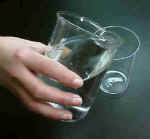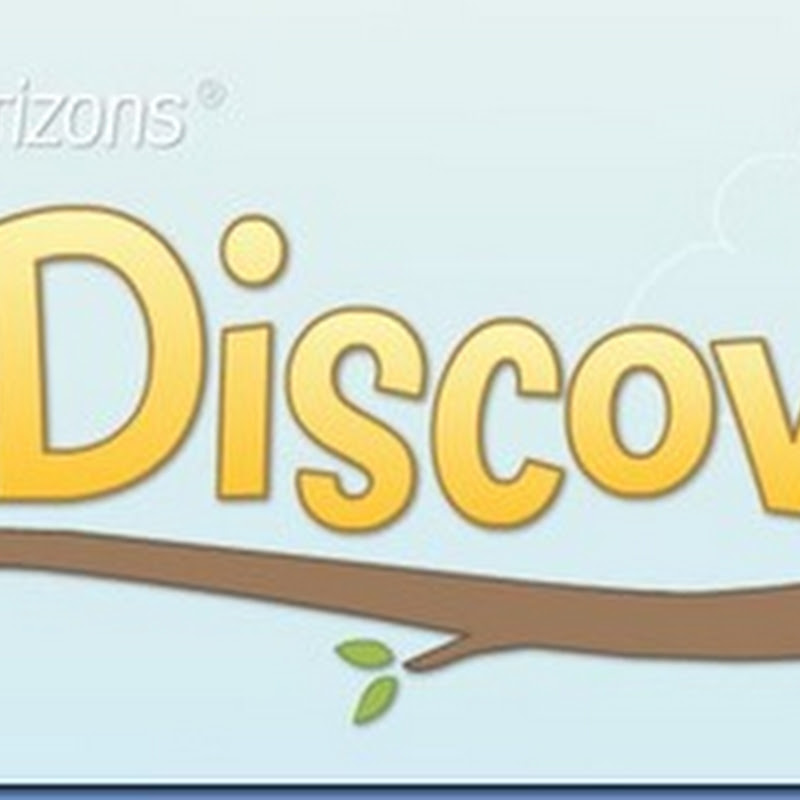Superbowl Packets for Oodles of Fun Learning this Week!
Hi folks! To shake things up a little bit this week be are beginning a new theme: Football. Every subject themed around football. Why football? For me, football is not that big a deal but the Superbowl is this Sunday and having two boys I thought it would a fun way to integrate two things they like sports and school. Therefore we are using two football packets created by some awesome and very talented first grade teachers!
First a unit I found created by Katie King. She's actually had a give-away but I didn't win. Never-mind that you can buy this unit with over 40 pages of work in the subject of math for $5 bucks! Check it out! We're also using another unit-pack with activity centers and printables created by Kelley's Fantastic Football Packet
This unit pack includes:
Hi folks! To shake things up a little bit this week be are beginning a new theme: Football. Every subject themed around football. Why football? For me, football is not that big a deal but the Superbowl is this Sunday and having two boys I thought it would a fun way to integrate two things they like sports and school. Therefore we are using two football packets created by some awesome and very talented first grade teachers!
First a unit I found created by Katie King. She's actually had a give-away but I didn't win. Never-mind that you can buy this unit with over 40 pages of work in the subject of math for $5 bucks! Check it out! We're also using another unit-pack with activity centers and printables created by Kelley's Fantastic Football Packet
 |
| See how awesome and creative the cover page is? But wait there's more! |
 | |||||
| Each day your student will be up to their ears in fun learning games that keep their attention and as all teachers know keeping their attention is hard but crucial ;) |
- Half Time Snack (counting coins)
- Line 'Em Up! (non-standard measurement practice)
- Keeping An Eye of the Clock (Time to the Half Hour)
- Rah Rah Skip Counting (2s, 5s, 10s)
- Place Value Match-Up! (Place Value and Greater Than/Less Than)
- 5 Speed Drills
- Place Value
- Greater Than/Less Than
- Even/Odd
- Subtraction
- Skip Counting 2s, 5s, 10s
And if that's not enough there are even more GREAT units you can easily printout for your students all in support of teachers. Check them out.
Enjoy a fun week with a different kind-of unit topic.
Jenna

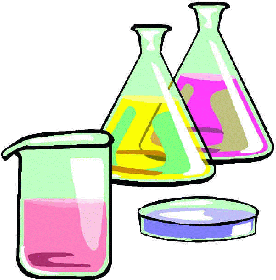
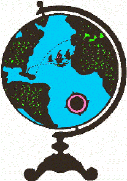

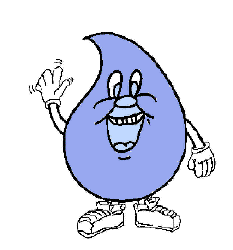

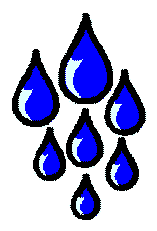
 Water remains a liquid over a very
wide temperature range, namely, a range of 0°C to 100?C, between
freezing and vaporization. This spans the temperatures of most
parts of the Earth where life can occur.
Water remains a liquid over a very
wide temperature range, namely, a range of 0°C to 100?C, between
freezing and vaporization. This spans the temperatures of most
parts of the Earth where life can occur.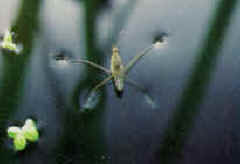 Water's surface tension (the ability of a
substance to stick to itself) makes it an excellent substance to float
heavy objects upon. Water not only sticks to itself, but also to
other surfaces, and this allows it to move against gravity, which is very
important to plants when transporting water form the soil to their leaves.
This upward motion is known as capillarity or capillary movement.
Water's surface tension (the ability of a
substance to stick to itself) makes it an excellent substance to float
heavy objects upon. Water not only sticks to itself, but also to
other surfaces, and this allows it to move against gravity, which is very
important to plants when transporting water form the soil to their leaves.
This upward motion is known as capillarity or capillary movement.